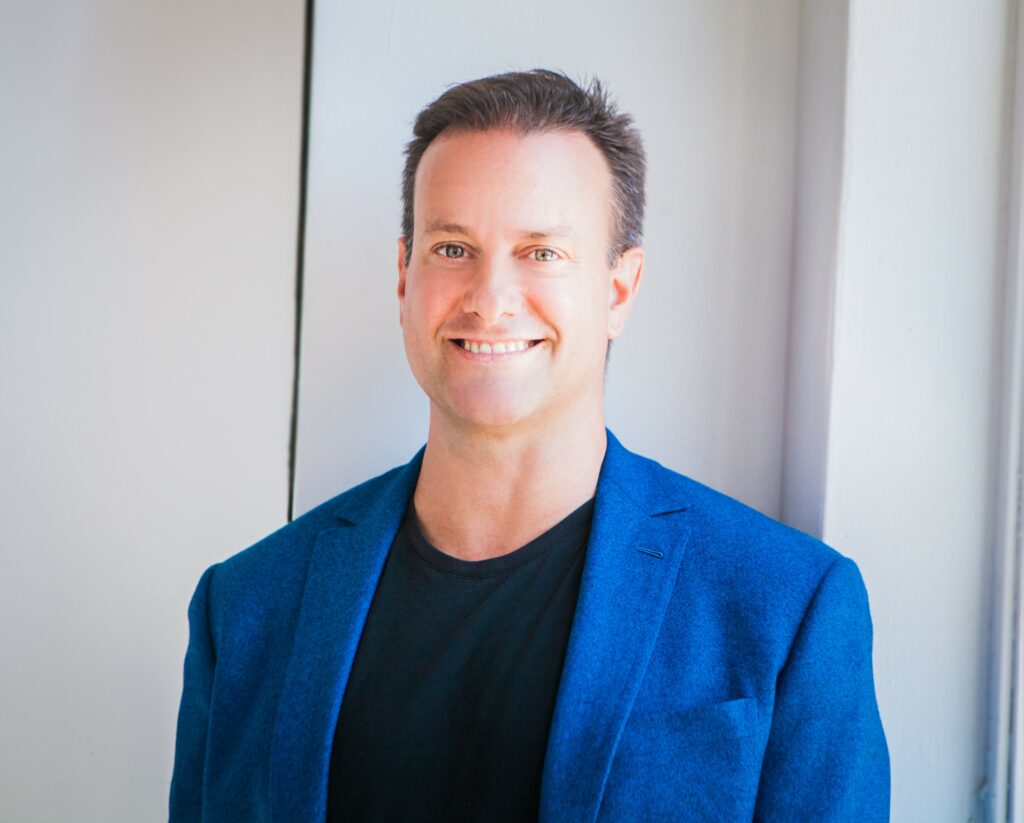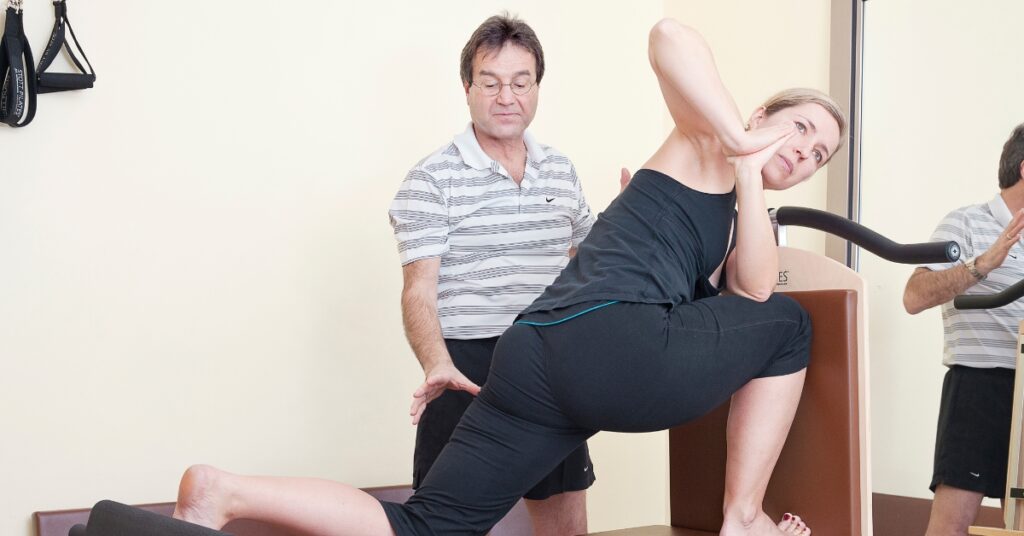We’ve heard it before – use it or lose it. When it comes to slowing the aging process.
Toronto’s Dr. Greg Wells, senior scientist in translational medicine at the Hospital for Sick Children in Toronto, says the way we age is in our control.

“We traditionally think that aging is when our muscles get smaller, bones get weaker and our brains stop working as well as they did when we were younger. However, there is a lot of research suggesting these are not really a symptom of aging so much as a result of physical inactivity.”
So, what is happening and what can we do to slow the process down?
We need to understand there are a number of metabolic changes that occur. One research theory Wells points to is that the telomeres, which are the caps at the end of our DNA that protect our DNA from damage, just like the aglets at the end of the shoelace, start shortening. As a result, DNA starts fraying and we start accumulating genetic errors in our bodies because we are constantly using our DNA to rebuild ourselves based on the food that we are eating. “So, when there are errors in our DNA, there are errors in the way the proteins are built, then our muscles and bones get weaker, neurons get weaker and we experience overall aging in our bodies. As well, our hormone levels change — melatonin production isn’t quite what it used to be, which makes it difficult to get to sleep; growth hormone levels change, which are key in helping rebuild our body tissues; and testosterone decreases, that’s our anabolic hormones. So, there are a number of different things that happens to us when we age.
The good news: we can rewire our bodies and minds by being active.
“It’s so simple, we just need to move every day. The fact is 85% of our population doesn’t get enough physical activity to prevent a chronic disease. You don’t need to worry about hitting heart rate targets – you simply have to move.”
Toronto’s Norm Spence, a canfitpro Personal Training Specialist and a STOTT Pilates certified instructor couldn’t agree more. Spence is passionate about helping people to use their bodies to their fullest potential, and sometimes it means joints and muscles, etc., need to be retrained. For instance, stretching and doing Pilates and yoga is great for our tissues and nervous systems. “We also know that cardiovascular type exercises like walking, jogging and cycling can make our heart, lungs and blood better. And any resistance training, like lifting weight, gardening or anything that will put stress on our muscles or bones that’s specifically challenging our muscular skeletal system, is helpful.”
With strength training, you increase your slow-and fast-twitch muscles and you can actually grow muscle tissue – that’s something that can happen throughout your life. When you put stress on your skeletal system, whether it’s vertical loading or torsional stresses like twisting movements, it stimulates the bones to renew themselves, grow and get stronger. The body responds to stress as long as you give it enough time to recover to regenerate. So, if you do a strength training session and you stress your muscles and bones, and then you have a healthy meal and have a good sleep and you give your muscles a chance to rebuild, you will get stronger and healthier – at any age. So, it’s important to create that balance – to create the growth of these tissues by stressing them out, but not to the point where you get injured.
“That’s why a personal conditional program tailored to your fitness and wellness objectives plays an important role – it’s about the how and why behind every movement,” says Spence. “I always make sure the level of intensity is within their range of capabilities, but I also raise the bar so that the exercises are challenging,” points out Spence. “I’ve found that the plus 40s are actively taking control of their fitness and in turn are reaping the rewards of a healthier life and age. They’re working on controlling the progress of aging, which allows them to be extremely active outside the confines of the gym, which is, after all, the goal of any active lifestyle.”
Stop comparing yourself to your younger self.
“People need to remember: you’ll never be as young as you are today,” says Wells. “That’s why we need to take advantage of the fact that the more we exercise, the younger we stay. Researchers have been very clear that 55-year-old runners have the same telomere length and strength as 25-year old’s. Exercise can help keep your DNA young, and DNA is how we rebuild our bodies at every stage of our lives. We shouldn’t be looking back; we should be looking forward and appreciate our past. After all, we are crafting the future and that’s what’s in our control.”


